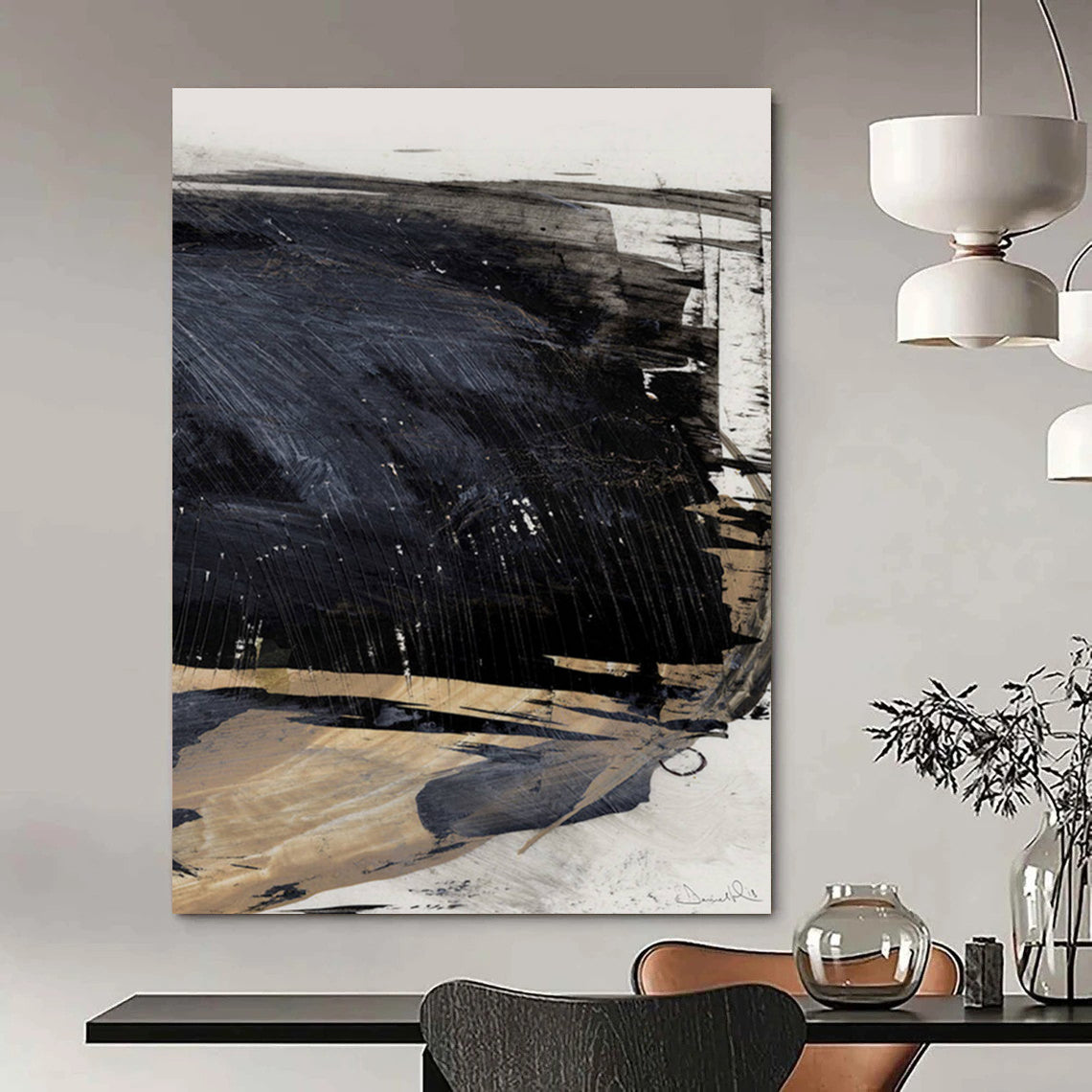Barbara Jakobson, the influential New York art collector, philanthropist, and longstanding trustee of the Museum of Modern Art (MoMA), passed away on August 25, 2025, in Manhattan at the age of 92. Celebrated for her discerning eye, powerful network, and deeply personal approach to collecting, Jakobson played a pivotal role in shaping the American postwar and contemporary art scenes. Her distinctive Upper East Side townhouse was both a living archive and a vibrant salon where art history unfolded through dialogues and friendships with leading artists and dealers.
An Early Passion That Shaped a Lifelong Commitment to Art
Born Barbara Petchky in 1933 and raised across the street from the Brooklyn Museum, Jakobson’s early exposure to art instilled a lifelong dedication. She studied art history at Smith College and moved to New York in the mid-1950s, just as the city emerged as a global art capital. Her marriage to John Jakobson brought her into influential circles, where her impeccable taste and early recognition of emerging artists distinguished her collecting practice.
Jakobson’s entry into MoMA began in the 1960s with the Junior Council, which she led by 1971, and her installation on the MoMA board in 1974 marked the start of more than five decades of stewardship. She was instrumental in initiatives such as founding the Studio Museum in Harlem, which opened in 1968, reflecting her commitment to a diverse and expansive vision of art.

A Network of Artists, Dealers, and Collectors
Her close friendships and collaborations with legendary dealer Leo Castelli and artists like Robert Mapplethorpe defined Jakobson’s network, positioning her as a crucial connector within the art world ecosystem. Jakobson’s townhouse collection included pivotal works by Frank Stella, Cy Twombly, Jasper Johns, Diane Arbus, Andy Warhol, and Jeff Koons, which testified to her intuitive understanding of art’s evolving narratives.
One iconic image of Jakobson’s townhouse—the ghostly imprint left on a wall where she once hung Frank Stella’s 1971 "Felsztyn III"—symbolizes her bold collecting ethos and personal connection to the artworks. She famously declined to repaint the wall, allowing the absence to serve as a testament to the artwork’s lasting impact on her life and home.
Contributions to MoMA and Legacy
Jakobson’s impact at MoMA extended beyond boardrooms. She persuaded Castelli to donate Robert Rauschenberg’s seminal “Combine” artwork from 1954, a cornerstone piece of the museum’s collection. She was also part of the committee that selected Yoshio Taniguchi as the architect for MoMA’s significant 2004 expansion.
Her philanthropic spirit extended into multiple auctions, including Sotheby’s fundraisers benefiting LGBTQ+ causes like the Gay Men’s Health Crisis. Her iconic collection pieces have been auctioned to support MoMA’s acquisition fund, ensuring her passion for art would continue benefiting public collections.
The Singular Home as a Work of Art
Jakobson’s Upper East Side residence functioned as a curated environment reflecting both the evolution of modern art and her personal narrative. It featured distinctive furniture designs, including Frank Gehry’s bentwood chairs and a prized 1950s Vladimir Kagan sofa, which Jakobson acquired after convincing the designer himself. Architectural and design elements, such as a bar made from Con Ed barricades designed by Tom Sachs, further underscored the fusion of art and life that defined her ethos.
Remembering Barbara Jakobson
From the MoMA director Glenn Lowry’s tribute recognizing her as a figure of “passion and knowledge,” to dealer Jeffrey Deitch citing her as essential to understanding art world consensus, Jakobson’s legacy is one of profound influence and warmth. She was a mentor, collector, and cultural force whose curiosity and generosity helped shape New York’s—and the world’s—art landscape.
Image Sources
-
Barbara Jakobson in her Upper East Side townhouse beneath the ghost imprint of Frank Stella’s Felsztyn III, photo from Deborah Solomon’s tribute on Instagram.
-
Frank Stella’s Felsztyn III (1971), a foundational work in Jakobson’s collection, courtesy of MoMA.
-
Portrait of Jakobson with works by Robert Mapplethorpe and Jasper Johns in her home, documented in New York Times obituary.
-
Vladimir Kagan sofa and Frank Gehry bentwood chairs as part of Jakobson’s interior, referenced in Artnews tribute.
FAQ About Barbara Jakobson
Q: Who was Barbara Jakobson?
A: Jakobson was a renowned New York art collector and trustee of the Museum of Modern Art for over 50 years, celebrated for her sharp eye, influential network, and commitment to supporting emerging artists.
Q: What were her major contributions to MoMA?
A: She played key roles in MoMA’s governance, helped establish the Studio Museum in Harlem, facilitated major donations such as Rauschenberg’s Combine, and contributed to the selection of the museum’s 2004 expansion architect Yoshio Taniguchi.
Q: What was unique about her art collection?
A: Jakobson collected seminal works by postwar masters like Frank Stella, Cy Twombly, Jasper Johns, and Diane Arbus, often deeply integrating the art within her life and home as a living narrative.
Q: How did Barbara Jakobson influence the art world?
A: She was known as a connector between artists, galleries, and institutions, mentoring many and shaping art world consensus through her participation in councils and boards.
Q: Where was her art collection primarily displayed?
A: Her Upper East Side townhouse served as a curated living space displaying her personal and significant art collection.
Q: How did she approach collecting and philanthropy?
A: Jakobson’s collecting was personal and passionate, and she used her collection to support cultural institutions and LGBTQ+ health causes through auctions and fundraising.

